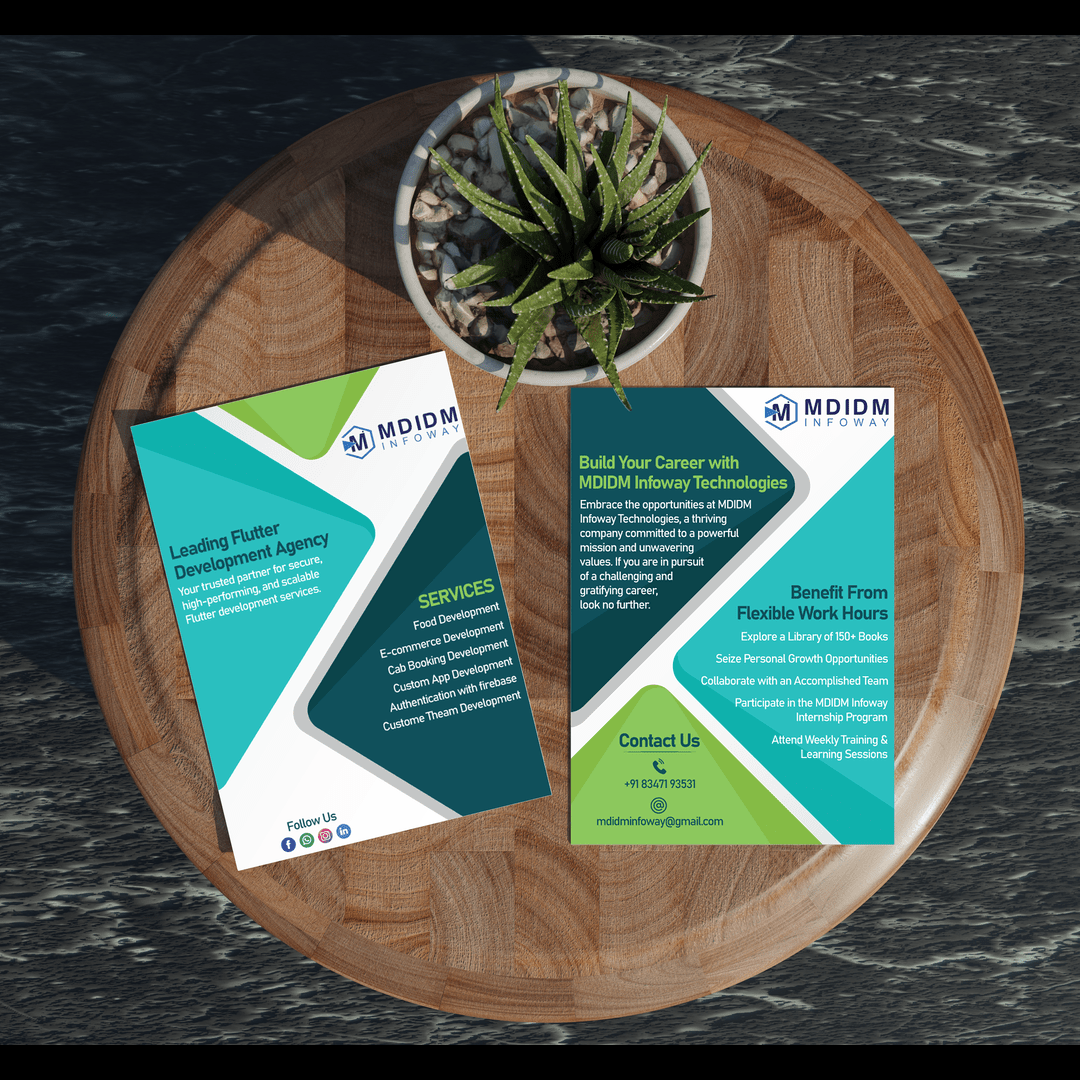To create a mobile application for blogging, you'll need to follow a series of steps. Here's a general guide to get you started:
Define Your Requirements:
Determine the features you want in your blogging app (e.g., user authentication, creating/editing blog posts, commenting, social sharing, etc.).
Decide on the platform(s) you want to target (iOS, Android, or both).
Choose a Development Approach:
Native: Develop separate apps for iOS and Android using platform-specific languages (Swift or Objective-C for iOS, Java or Kotlin for Android).
Cross-Platform: Use frameworks like React Native, Flutter, or Xamarin to write code once and deploy it on multiple platforms.
Set Up Your Development Environment:
Install the necessary tools and SDKs for your chosen platform(s).
Set up IDEs like Xcode (for iOS) or Android Studio (for Android).
Design Your App:
Create wireframes and design mockups to visualize the user interface and user experience.
Decide on the overall look and feel of your app, keeping user experience (UX) principles in mind.
Develop Backend Services:
Set up a server-side backend to handle user authentication, data storage, and retrieval.
Choose a backend technology stack (e.g., Node.js with Express, Django, Ruby on Rails, etc.).
Implement APIs for user authentication, blog post management, and other functionalities.
Implement Features:
Develop features such as user registration/login, creating/editing blog posts, browsing/searching for posts, commenting, liking, sharing, etc.
Implement features to enhance user engagement and retention.
Test Your App:
Perform thorough testing, including unit testing, integration testing, and user acceptance testing.
Test your app on different devices and screen sizes to ensure compatibility.
Deploy Your App:
Prepare your app for deployment to the respective app stores (Apple App Store for iOS, Google Play Store for Android).
Follow the guidelines provided by the app stores for submission and approval.
Release your app to users once it's approved.
Monitor and Maintain:
Monitor app performance and user feedback.
Release updates periodically to fix bugs, introduce new features, and improve overall user experience.
Market Your App:
Promote your app through various channels such as social media, blogging communities, forums, etc.
Utilize app store optimization (ASO) techniques to improve visibility on app stores.

